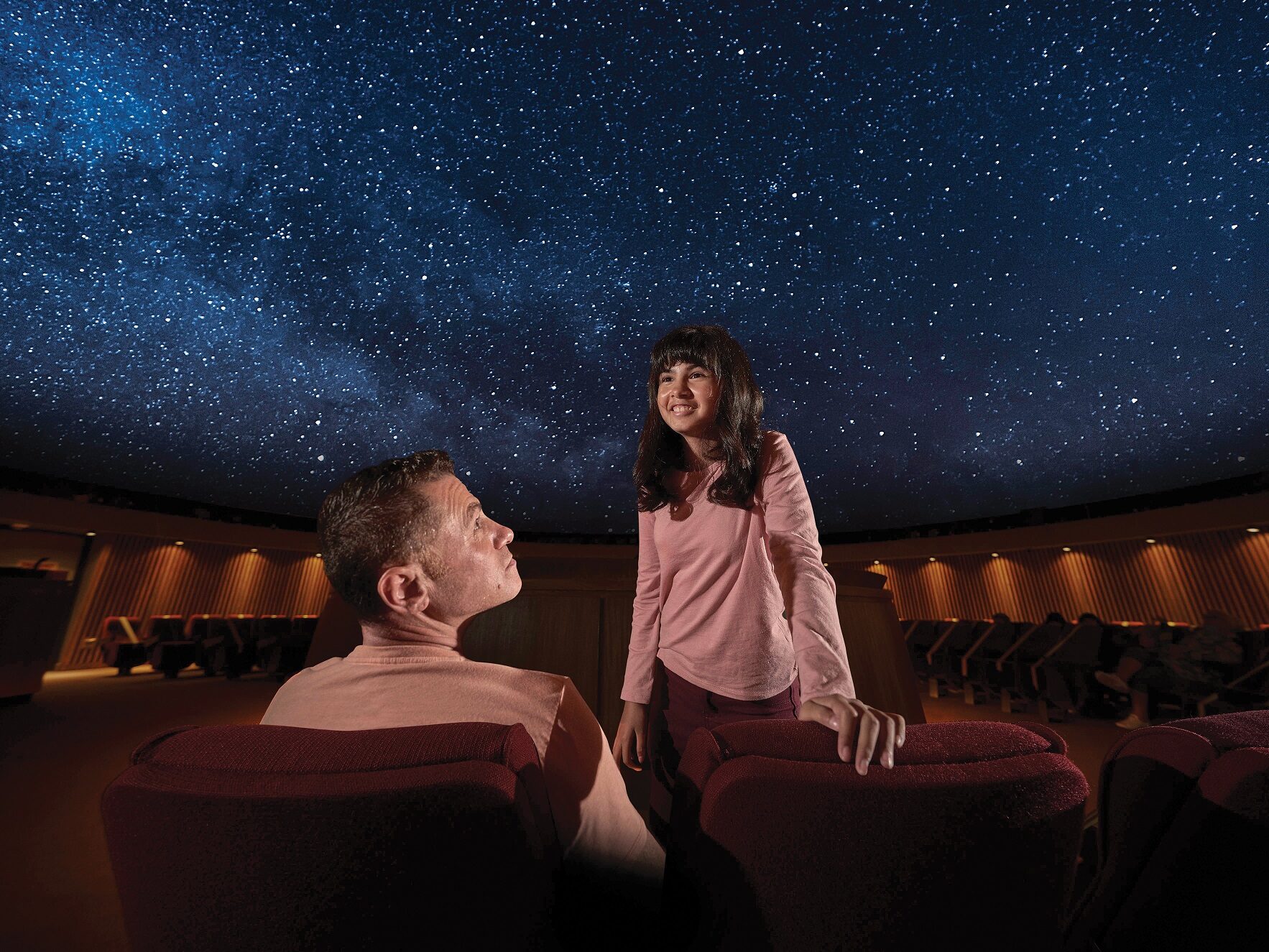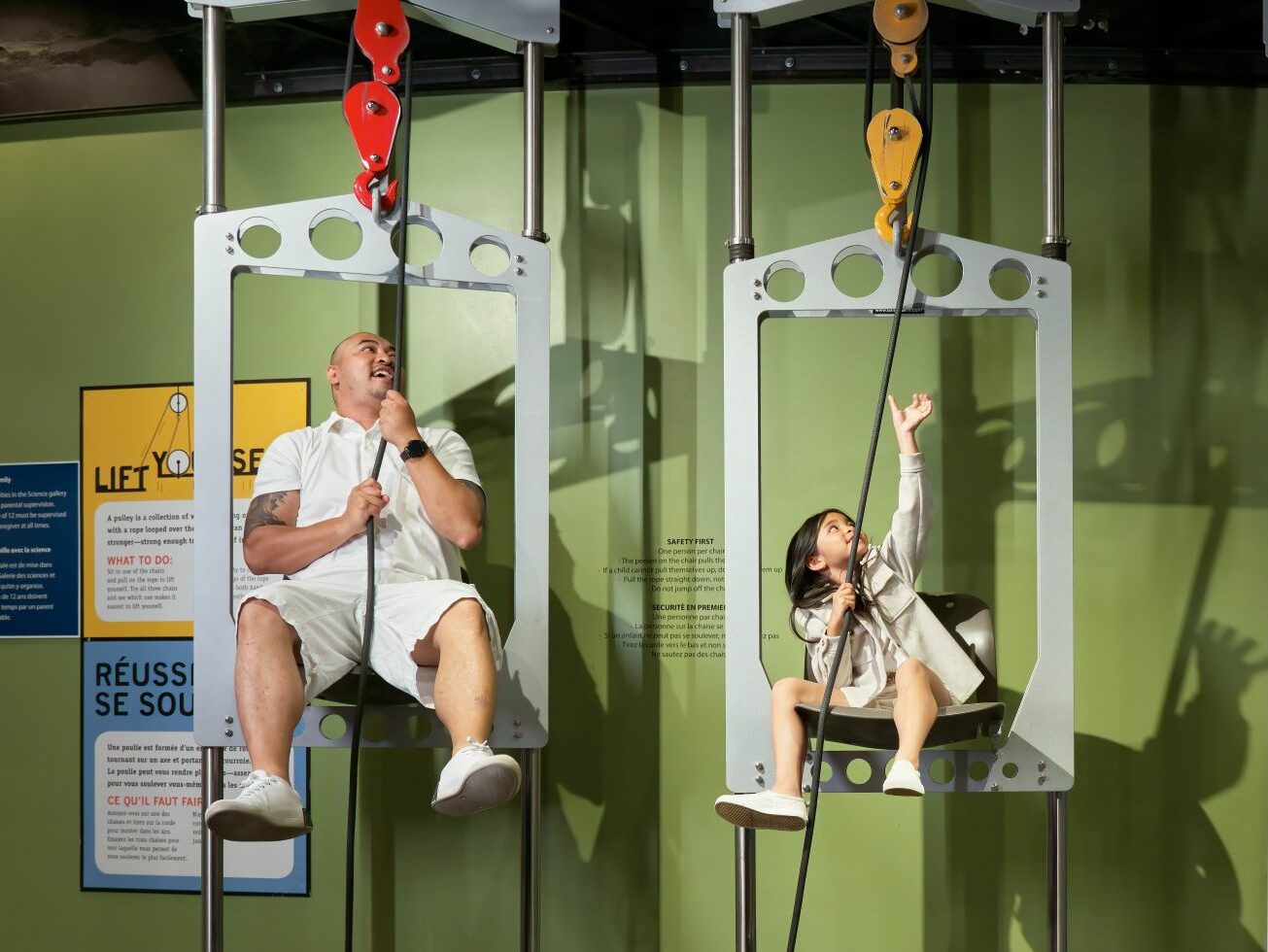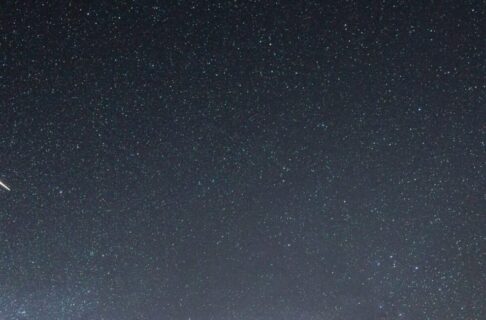Posted on: Thursday February 3, 2011
50 years ago today, during the height of the Cold War, Americans and Russians were head-to-head in a competition to put the first human into space. At the same time, both nations were trying to send robotic probes to the Moon and the other planets. On February 3, 1961 (in North American time zones), the Soviet Union launches a four-stage version of their R-7 rocket. Earlier versions of the R-7 had launched Sputnik and the dog Laika, the first living being to orbit the Earth. With the added fourth stage, the target this time was the planet Venus. The Venera series of robotic probes would eventually land on Venus and provide the first images of its cloud-shrouded surface, but in 1961 the rockets were not up to the task yet.
The R-7 launched into a starry sky, and performed flawlessly throughout its first three stages. The new fourth stage, however, failed to ignite, and the probe remained in Earth orbit. To cover up the failure, the Soviets called the mission “Sputnik 7” and said it was only a test of a heavier spacecraft design, the Iron Curtain equivalent of “I meant to do that”.
Despite being a failed space mission, the launch did prove to the Americans that the Soviet Union could place an 8-tonne payload into orbit – and therefore, could also lob an 8-tonne H-bomb to hit any target in the world.





